|
The Turquoise Tanager is one of those birds that never sits still on a suitable spot for me. Either they are sitting too high or under the shades of a tree. Agile small birds that like to move all at once. So imagine how happy I was when I spotted this one out in the open at eye level on a sunny day. It lasted only seconds but long enough for me to take this photo.
The Guira Tanager is a common tanager seen in the area of Kabalebo. Most of the time they are seen with canopy mixed flocks. Active birds that seldom sit still. When this male was hanging for seconds on this branch on the right spot, I took my chance.
I spotted this couple Turquoise Tanagers (Tangara mexicana) in this Cecropia tree, locally known as Bospapaja boom. Their colors is what makes them pop out and make them visible for me. Common birds in Kabalebo but very elusive ones too. Took me a while to capture them.
Silver-beaked tanagers are one of the easy recognizable birds in Kabalebo. Noisy dominant birds who will start the day excitingly and end it the same way. As they aren't shy to be near humans, they feast on most of the fruits closeby or enjoy their meal on their own buffet. For the silver-beaked tanager, food isn't scarce as they can live from rice, bread, fruit, nectar and insects. Since they are present all year long, finding a nest isn't very difficult at all. On October 20, 2014 I discovered one of their nest while watering the plants of the lodge. It was well-hidden between the leaves. The nest was well-built (coconut dry leaves, dry grass, moss and cotton) Inside the nest I spotted 2 blue eggs covered with dark spots. Only the female was spotted in or near the nest. The Silver-beaked tanager built her nest close to the lodge, about 1 minute walk, so I could check on her any time of the day. October 22, 2014: there were still 2 eggs inside the nest. The female was out, probably on a break. During the night we had a heavy rainfall. October 23, 2014: great news …. both eggs had hatched. The mother was nowhere to be found, she was probably looking for food for her chicks. I had a quick peek as one opened it's beak to be fed. Thought that it's mom returned. October 26 - October 29, 2014: gradually both chicks started to grow into beautiful healthy little birds. With an abundance of food supply nearby, neither the mother nor her chicks were starving. November 11, 2014: another great news to announce …. both chicks flew out, leaving another empty nest behind.
As Kabalebo can be seen as a transit place for most of our feathered friends, I can say that some even decide to stay a little bit longer. Amongst the long - stay term birds we can include tanagers as one of them. And under the tanager family 3 members stand out: - Silver - beaked tanagers - Palm tanagers - Blue - grey tanagers They are so frequently seen and heard that they are rather part of the Kabalebo family than they are seen as a visitor. Silver - beaked tanager (Ramphocelus carbo) Dominant, noisy and always seen in groups. They are one of the first birds, visitors can easily see and identify. Huge variety in their menu such like fruit, rice, bread, nectar and insects ..... surely no shortage in food for them. Palm tanager (Thraupis palmarum) Sometimes they join the Silver - beaked group, but I've also seen them foraging in pairs. They share the same variety in food just like the Silver - beaked. Palm tanagers re - use the same nest previous pairs had used before. I've often seen palm tanagers foraging for insects between leaves or in small corners, working as a team. Blue - grey tanager (Thraupis episcopus) They are not represented in abundance, but they often join the Silver - beaked and the Palm tanagers when foraging for food. As they are part of the Kabalebo family, these birds are at ease and feel so safe that they even decide to make the next generation here in Kabalebo. Even though they are common tanagers, it is a privilege for me to meet them everyday.
|
Archives
June 2024
Categories
All
|

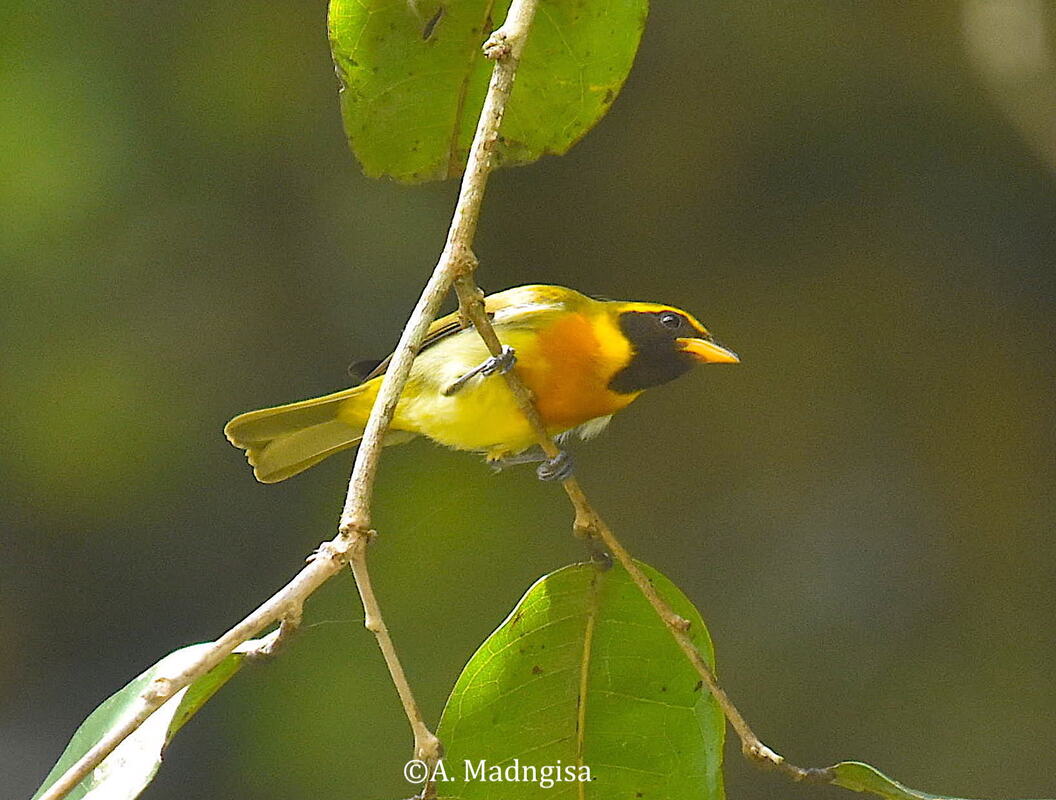


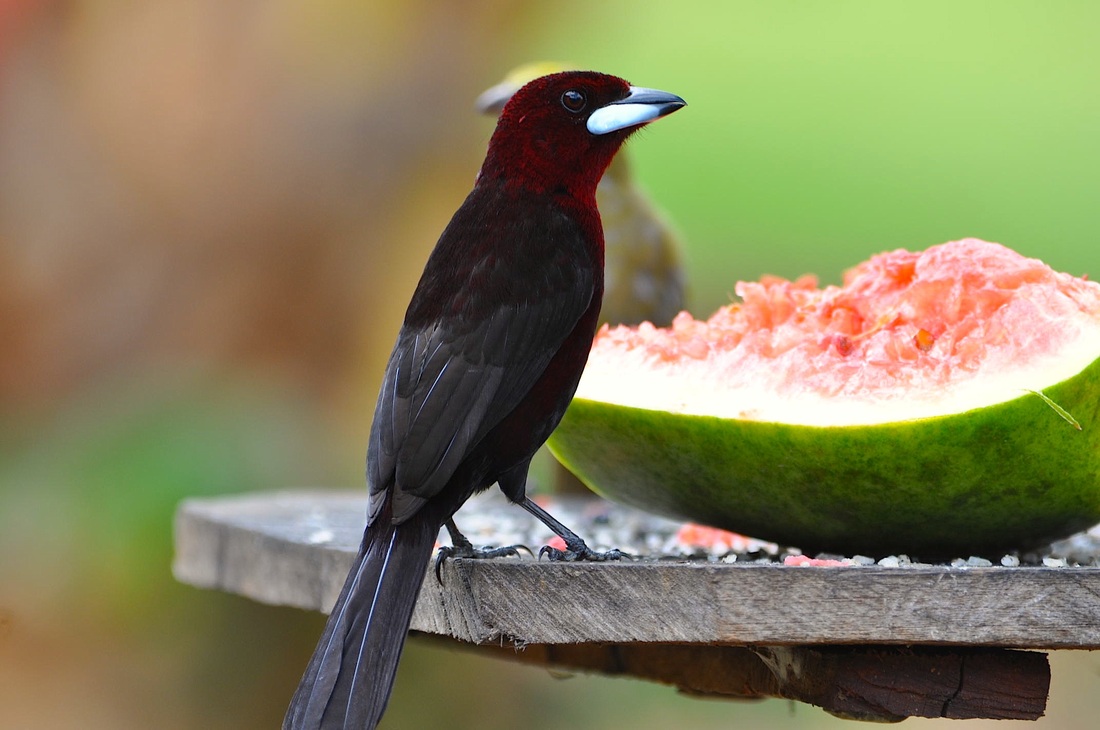

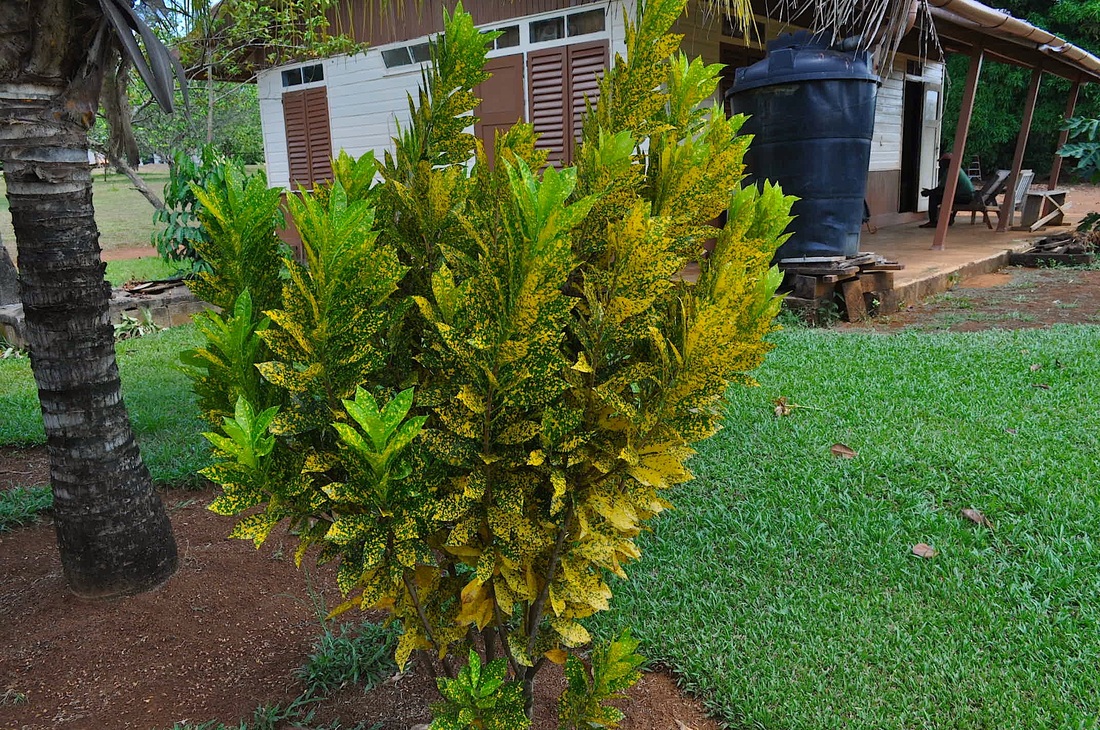


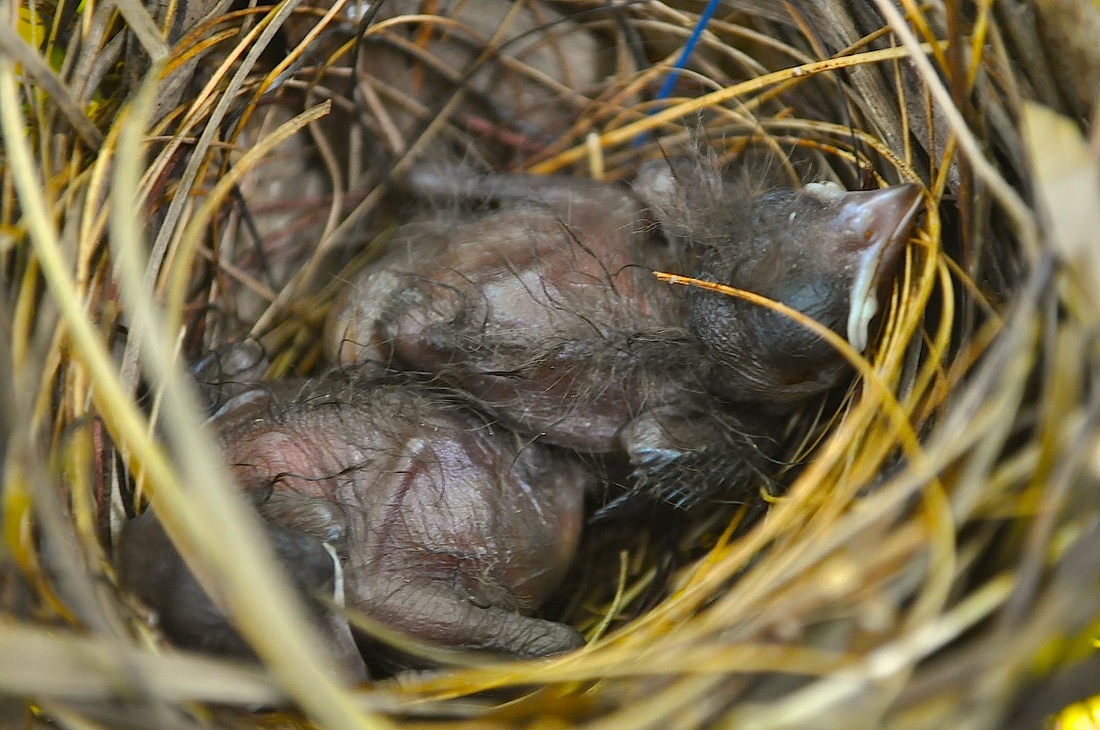
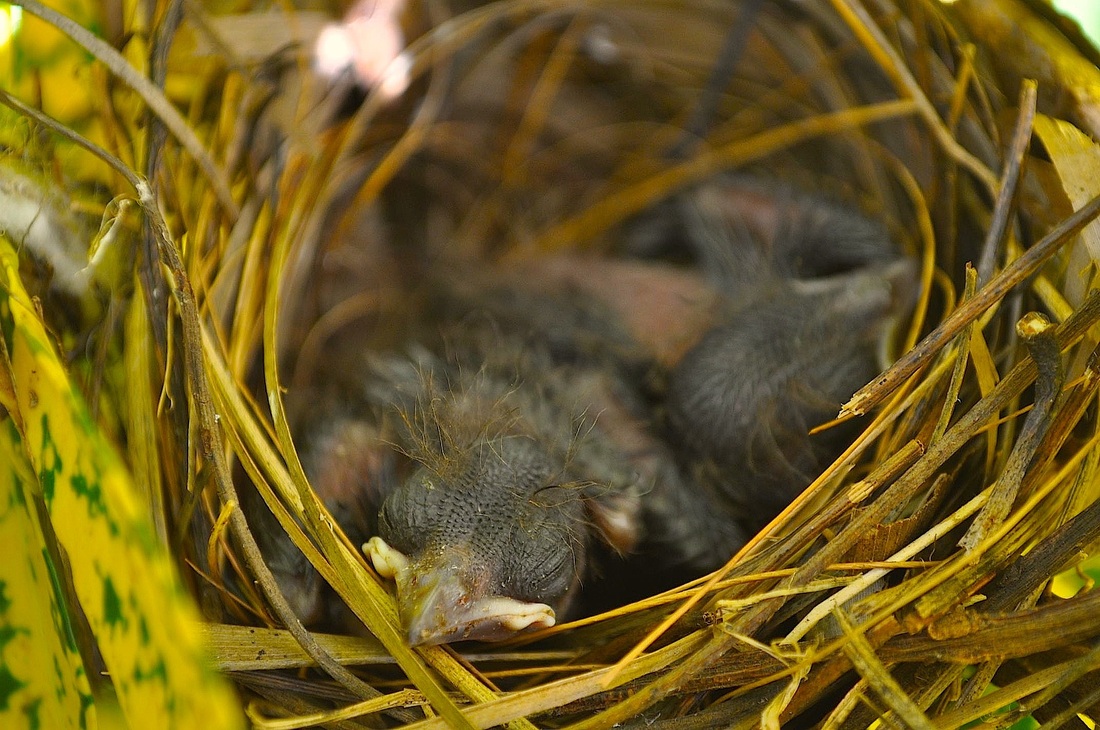



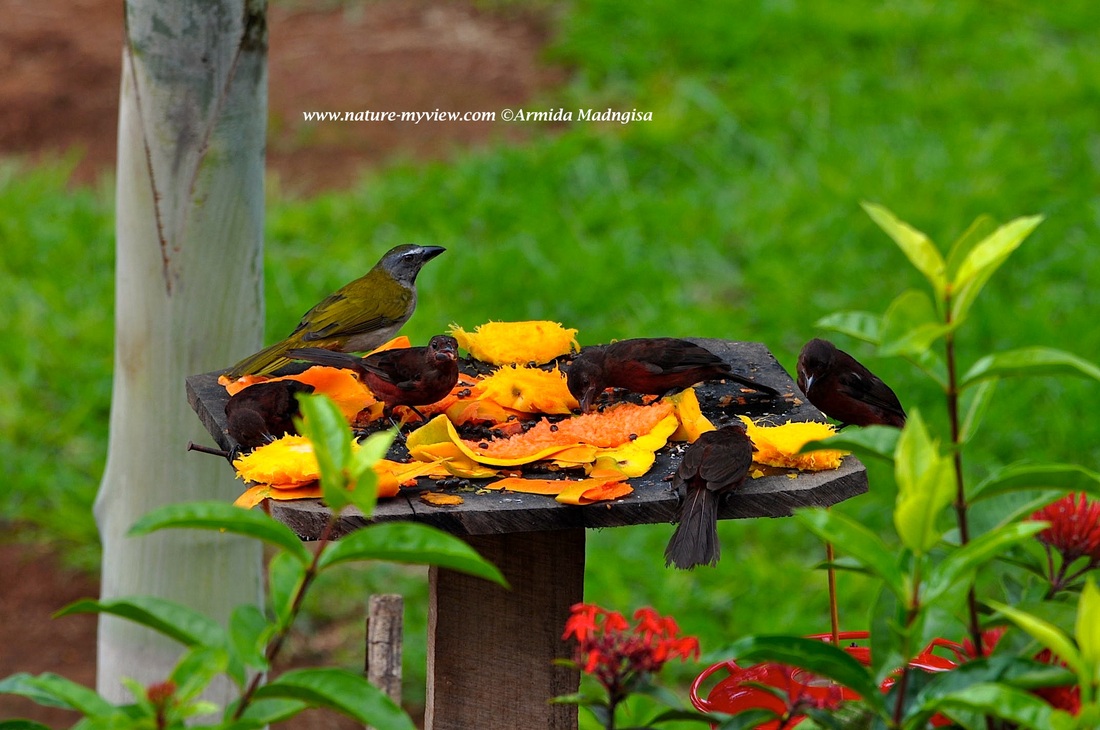






 RSS Feed
RSS Feed